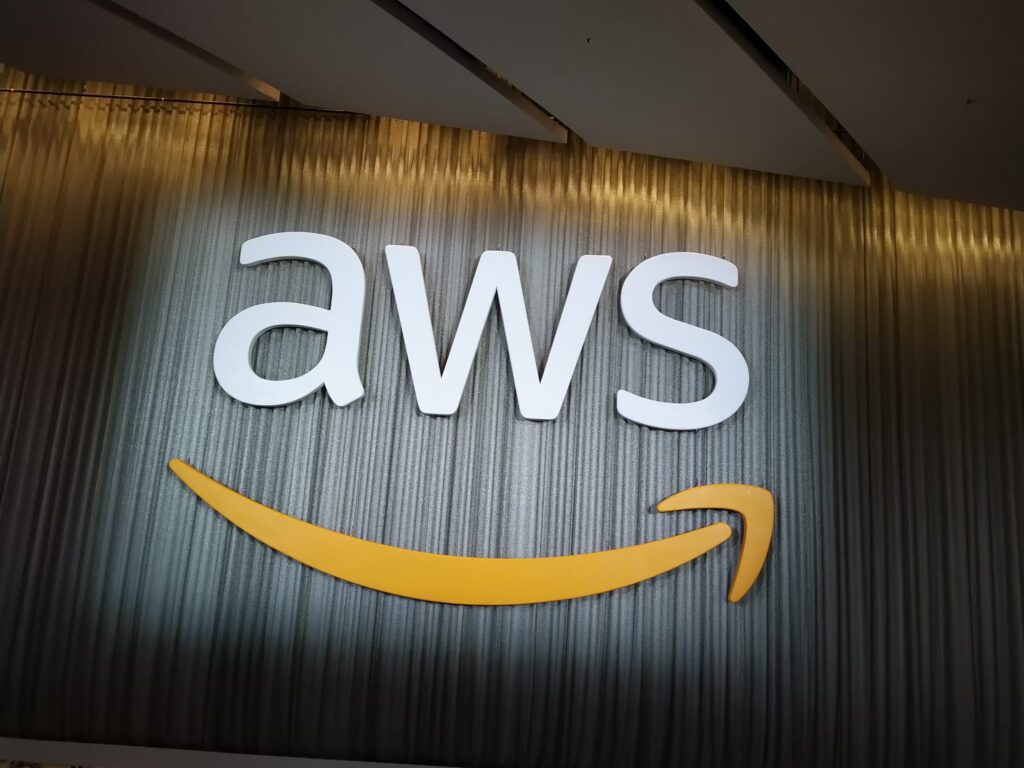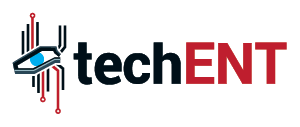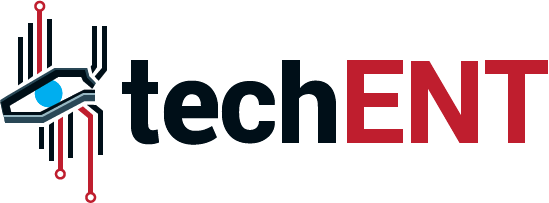At its recent AWS re:Inforce 2025 conference, Amazon Web Services (AWS) unveiled a suite of new and updated security services, signaling a strong focus on enhancing resilience and security in the age of generative AI. As businesses worldwide increasingly move from experimenting with AI to deploying it for real business value, the need for robust, integrated security has become a top priority. The new announcements from AWS are designed to provide organizations with more powerful and intelligent tools to protect their cloud environments.

As businesses transition from experimenting with generative AI to deploying it for real business value, the need for robust, scalable security solutions has become a top priority. AWS highlighted that the journey with generative AI has evolved rapidly, from “The Year of Proof of Concepts” in 2023 to “The Year of Pilot Projects” in 2024, with 2025 now being “The Year of Business Value“. This shift brings new questions for businesses, including how they can leverage AI agents, transform their entire business, and get all their employees to embrace AI securely.
Addressing these challenges, Bryce Boland, Head of Security Solution Architecture for APJ at AWS, outlined the key priorities for customers in the region: ensuring workloads remain online (resilience), raising the bar on security, and protecting generative AI implementations. The new announcements from re:Inforce 2025 are directly aimed at meeting these needs.
Streamlining Security Operations with AWS Security Hub
Now in preview, a revamped AWS Security Hub aims to streamline security operations by centralising threat management It automatically ingests and correlates security data from various sources, covering threats, vulnerabilities, and configurations. This process turns a high volume of signals into prioritised, actionable insights, allowing security teams to focus on critical issues and respond at scale. This approach was shown to be effective for the payment network Affirm, which managed to reduce the volume of its security alerts by 50% by using AWS managed detection and response services8888.
Enhanced Network Visibility with AWS Shield Network Security Director
Also announced in preview is the AWS Shield Network Security Director, a new feature designed to tackle the complexities of managing network security. It automates the discovery and analysis of network resources to give teams better visibility into their security posture. It provides a centralised dashboard view of the network topology and configurations, highlighting issues based on AWS best practices. The tool also provides remediation recommendations and integrates with Amazon Q Developer, allowing teams to ask security questions in simple, natural language.
Strengthening Threat Detection for Modern Applications
AWS also introduced important updates to two of its core threat detection services, extending their capabilities to better protect modern, containerized applications.

The Amazon GuardDuty Extended Threat Detection service has been updated to provide enhanced support for Amazon Elastic Kubernetes Service (EKS). This update allows GuardDuty to offer continuous runtime threat detection for workloads running on EKS by analyzing OS-level, network, and file events to detect potentially malicious activity, like connections to cryptomining pools. The findings are correlated with the MITRE ATT&CK framework to provide high-confidence insights for faster incident responses.
Additionally, Amazon Inspector Code Security received an update to provide a more proactive view of the security health of code. It now supports scanning code in third-party repositories like GitHub and GitLab, providing direct recommendations to developers to fix vulnerabilities before the code is even deployed.
These new tools address the common challenges organisations face as they move to the cloud. Many businesses migrate from on-premise infrastructure to resolve issues like scalability, resilience, and high operational costs that can limit innovation. The case of Singlife, a leading financial services company in Singapore, illustrates this trend. By adopting a cloud-first strategy and migrating to AWS, Singlife was able to deploy over 150 managed guardrails and security checks. Since completing their migration, the company has not experienced any operational downtime or security events, all while achieving cost savings of $5 million annually.






